I found my copy of Gillian Tindall’s The Fields Beneath in a second-hand bookshop in Wigtown, Dumfries and Galloway one August afternoon last year. Strange to be buying a London book on a visit to Scotland, but I felt pathetically vindicated when the bookseller smiled encouragingly and told me she thought it looked really interesting.
The Fields Beneath refers to the land which lies beneath the streets and buildings of Kentish Town. It is the history of the village and surrounding fields that were gradually, layer by layer, built over and absorbed into present-day London. Tindall takes us from pre-Roman times, through the medieval era to the explosion of building and population of Victorian times.
Gillian Tindall moved to Kentish Town in the early 1970s and still lives in one of the area’s oldest houses. Writing in 1977, she was able to see the area with the sharp eye of the newcomer, but also with the affection of a resident.
The Fields Beneath is meticulously researched. Tindall carefully reveals each layer of the sediment of human occupation in this place, from her starting point in the 1970s back to the shards and faint scars of the original Roman-era occupants. But she is no dry academic; her style is poetic and meditative. Tindall is aware that the human landscape is created not just by the things that people build and do, but by what they think, feel and believe too.
The echo, the beat, the living pulse that runs through this book, it seems to me, is that of the River Fleet. Flowing from Hampstead Heath through Camden and Kentish Town to King’s Cross and, from there, to the Thames, the Fleet is the living heart of Kentish Town. Bricked over and converted into a sewer, the Fleet is still an almost mystical force running through the area.
Near the two Victorian stations of King’s Cross and St Pancras, the river passes St Pancras Old Church. The church, although mainly Victorian, is on an ancient religious site and is dedicated to the Roman martyr, Saint Pancras. Strange to find in my copy of The Fields Beneath a newspaper cutting from 1980 marking the reopening of the church after restoration.
In the mid-Victorian era Kentish Town had an evil reputation, the home of fetid slums, railways and airless sweatshops. People preferred to say they lived in Parliament Hill, Highgate Rise, Dartmouth Park, Brookfield, Holloway, Camden New Town. Nowadays, however, the area has something of an air of hip urban chic. But where exactly is Kentish Town and what are its boundaries? Tindall uses the two railway viaducts at either end of Kentish Town Road and Highgate Road as her markers.
Walking the A400 today, breathing in traffic fumes and stepping over fried chicken wrappers, the past is ever present. A Roman track to Londinium, a medieval parish church and clutch of cottages, Black Death burial pits; all are still present. George Gissing walked these streets and used what he saw to people his The Nether World.
Tindall rails against the town planners of the 1950s and 1960s and their slash and burn approach to working class communities:
Among the generation of planners who entered the profession after the War, ‘comprehensive redevelopment’ was considered, for ideological reasons, the only proper approach. (p.214)
I wonder what she makes of our latter-day grand projects?
Images courtesy of: Camden New Journal (author picture), The Winchester (River Fleet), Wikipedia (St Pancras Old Church), Heritage Explorer (Kentish Town 1960s) and Eland Publishing (cover picture)
With thanks to Barnaby Rogerson at Eland

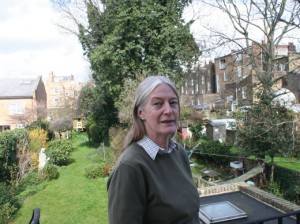
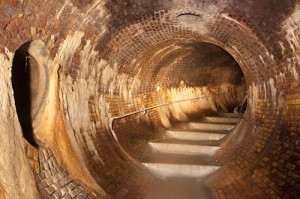
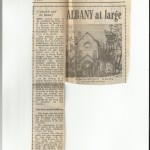
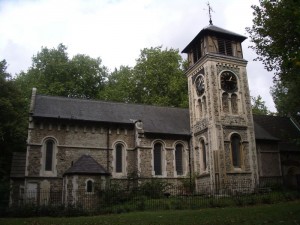
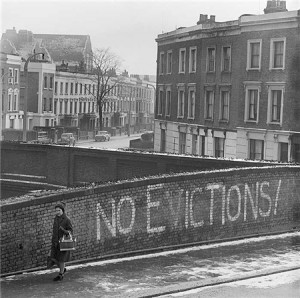
![FieldsBeneathFront[1]](https://psychogeographicreview.com/wp-content/uploads/2012/03/FieldsBeneathFront11-191x300.jpg)